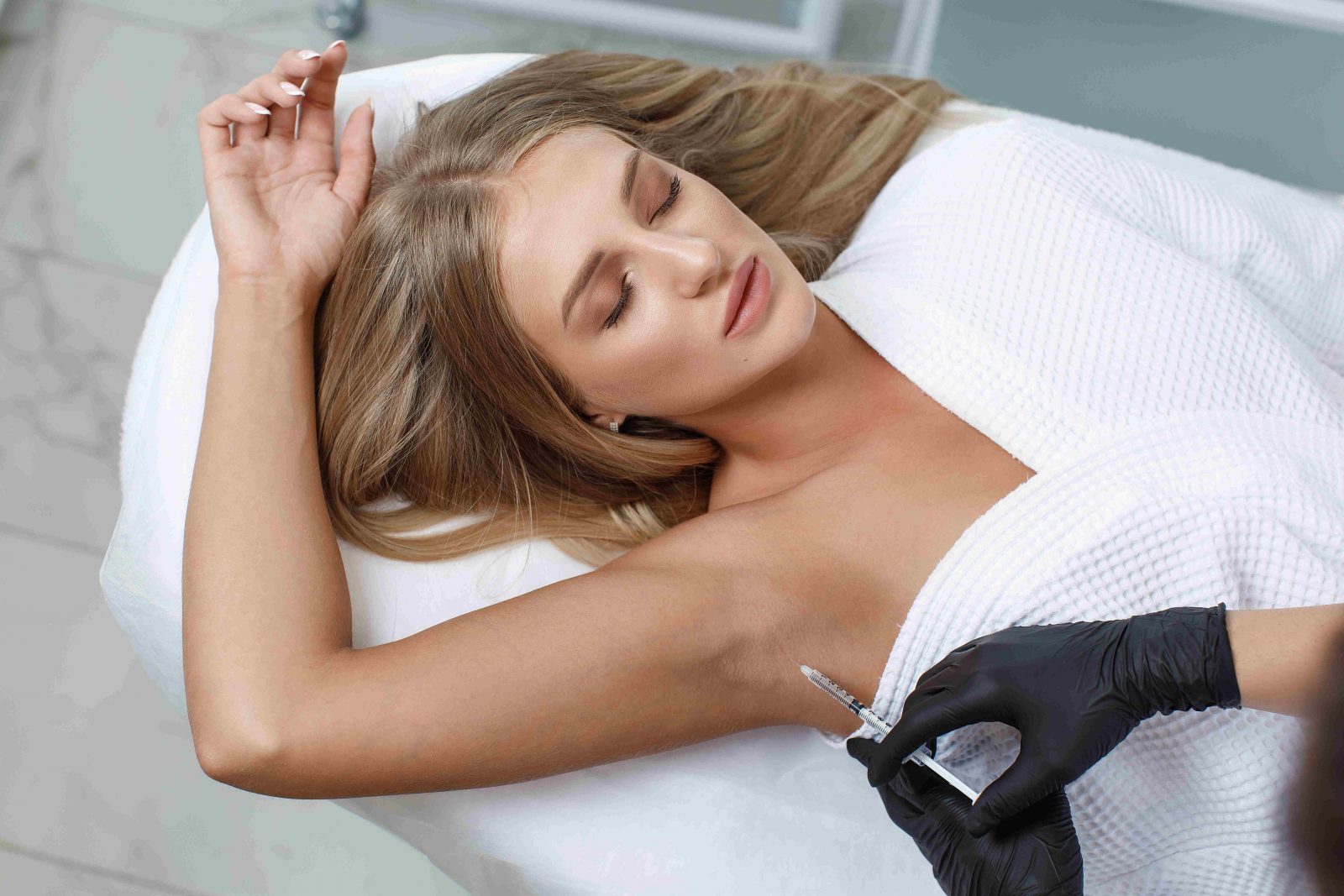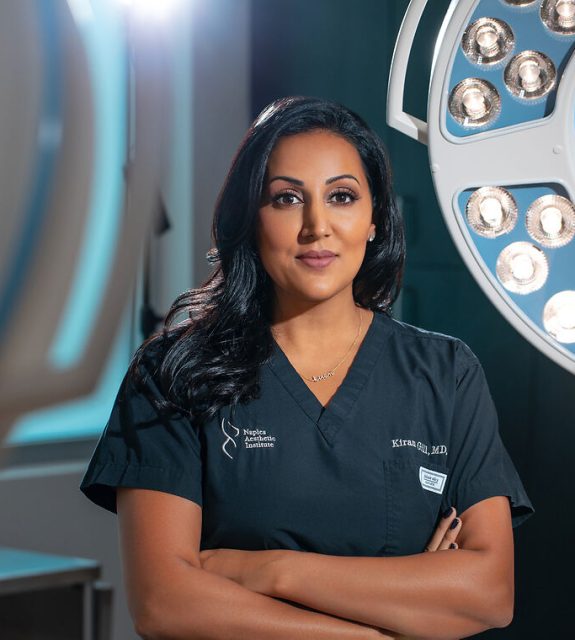Board-Certified Plastic Surgeon Dr. Alina Sholar was born in Port Arthur and grew up in Orange, TX, excelling in art, music, and science throughout her early school years. After receiving a full-tuition merit scholarship from the Nelda C. and H.J. Lutcher Stark Foundation in Orange, she received her BS degree in Biomedical Sciences with Magna Cum Laude honors from the College of Veterinary Medicine at Texas A&M University in December 1994. She did surgical research in an esteemed scientific laboratory at the University of Texas with her culminating in the publication in a prominent scientific journal, Perfusion. She was there awarded the prestigious Janet M. Glasgow Memorial Award and Achievement Citation for Women in Medicine, along with other meritorious honors and accolades like the Robert Wood Johnson Fellowship Award in medicine. Her medical artwork has been published in prestigious medical journals and textbooks such as the Annals of Plastic Surgery, Plastic & Reconstructive Surgery Journal, Annals of Surgical Oncology, and Cameron’s Current Surgical Therapy. Haute Beauty expert Dr. Sholar explains the uses of botox beyond wrinkles.
 Photo Credit: Shutterstock
Photo Credit: Shutterstock
While Botox may be most commonly known for its usefulness as a cosmetic anti-wrinkle treatment, what’s not nearly as well-known is that was not the original intent of the medication. Dig a little deeper and you might be surprised to find out just how many uses Botox has in other areas of medicine.
The earliest use of Botox, since the 1970s, was for the treatment of strabismus, a condition in which imbalanced muscles cause eye malalignment. Today, it is still used in ophthalmology, as well as for eyelid spasms and twitching. Crossed eyes and eyelid twitching are just a few of the uses for Botox approved by the FDA, and that doesn’t include the many off-label uses that are quite common.
Botox is also approved for muscle spasticity in the upper limbs and neck, which can result in painful contractions due to stroke and other neurologic conditions, and for dysfunction of the muscle within the walls of the bladder and stomach, helping them function more normally.
Another FDA-approved use of Botox is for the treatment of migraines. As doctors were administering Botox treatments to patients for crossed eyes and eyelid spasms, they noticed those patients also started to report fewer headaches. Research followed, and the results were compelling enough that the FDA signed off on the application in 2010. Patients can receive injections once every three months, and studies have shown it can cut the number of days people experience migraines in half, if not more. I’ve been impressed with how many patients have seen a dramatic reduction in their headache frequency and severity.
 Photo Credit: Shutterstock
Photo Credit: Shutterstock
Similar observations led to the FDA approval of Botox to help patients who sweat excessively, a condition known as hyperhidrosis. People with hyperhidrosis experience excessive sweating even during days that aren’t hot, and the usual antiperspirant products don’t help. This is where Botox injections can again come to the rescue.
The FDA has approved it for excessive underarm sweating, but off-label (not FDA-approved, but legal) Botox use can also help reduce perspiration in the hands, feet, or face. Other off-label uses include temporomandibular joint (TMJ) disorder and teeth grinding, foot pain, voice disorders, and others, with many more uses still being tested, including treatment for everything from depression to premature ejaculation and painful sex, to abnormal heart rhythms.
Even the cosmetic uses of Botox go beyond what most people expect it to be used on. In fact, injections can be used before or during surgery to prevent scarring since Botox causes the muscles to remain still during the heating process.
Botox for acne was shown in one study to have reduced oil production and reduced pore size, resulting in improvements in 85% of the 20 patients. We also find it very useful for patients with Bell’s palsy who experience facial drooping, to be able to make the moving side more closely match the paralyzed side of the face. Even treating the trapezius muscles to make the neck appear longer simultaneously helps myofascial neck pain as well, leading to better sleep.
Anyone who has seen examples of “bad” Botox knows it takes a trained physician to administer the treatment properly, and poor cosmetic appearance is only part of the risk. Ask your doctor what experience he or she has using Botox to treat the particular condition. In the case of aesthetic injections, it is best left to a core aesthetic physician like a plastic surgeon or dermatologist. As you can see, there are many uses for Botox that go beyond improving one’s appearance. While it may not be a cure-all, it is a treatment you may consider for both beauty and health.





















